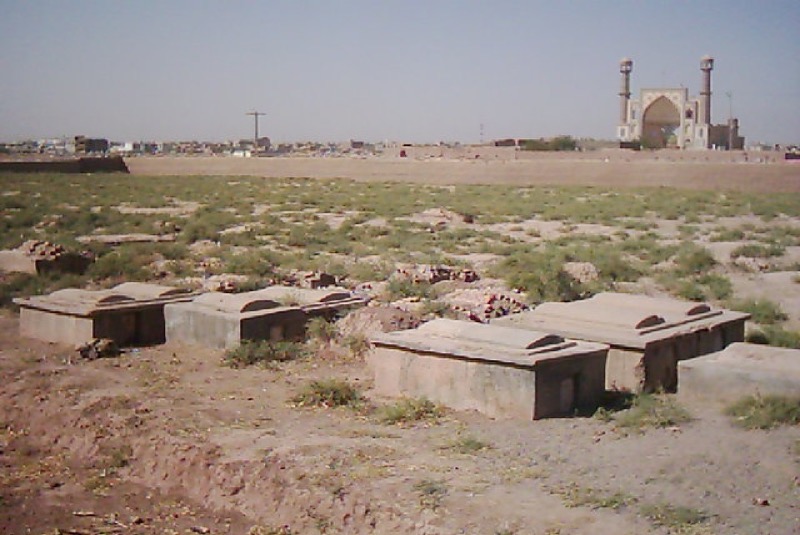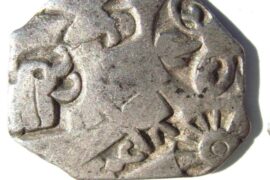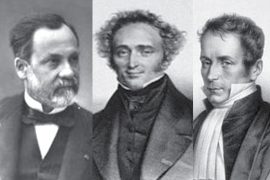The walls of the dilapidated synagogue were damaged beyond repair. The fresco and delicate wall art were still somewhat visible. Inside the synagogue, Zebulon Simentov lit candles before offering his prayers.
Simentov was the living embodiment of whatever remained of the Afghan Jewish community in Kabul. Simentov kept kosher and prayed in Hebrew. As he held the Holy book, tears trickled down from the corner of his eyes. Simentov left Afghanistan on September 8, 2021, fearing the Taliban regime.
Eight hundred kilometres away, in the city of Herat, the Yu Aw synagogue stood abandoned. When the Jewish community of Afghanistan left for better opportunities in the West, the Yu Aw synagogue in the Momandha quarter of the Old City soon fell into disrepair. It was subsequently damaged during the protracted conflict in the area.
The synagogue, about 350 years old, is located near what used to be called the Iraq Gate. The Yu Aw synagogue is among the six remaining synagogues in the region. It has been renovated and is now used as a primary school for infants.
The Herat synagogue, over a century old, consists of a modest stone courtyard framed by a series of small rooms, including the main prayer room, which still has a raised platform where the Torah wa-Bohu water, which is thought to have been used for bathing rituals.
The prayer room’s high ceilings are partially painted with floral designs and motifs in the Persian style. Decades of rubbish were gutted from its cavity to reveal a natural pool of water that is thought to have been used for bathing. The bathhouse, cemetery, many mud homes, and the synagogues of Shamail, Mulla Ashur, Georgia, Golkia, and Yu Aw are all hanging precariously.
In the old city, three of the five remaining synagogues have undergone some preservation. Shamail was turned into a school after repairs.
The two nations’ Jewish history dates back more than 2,700 years when Jewish tribes were banished from what is now Palestine-Israel by Assyrian conquerors, crossed the border through Iraq, and arrived in Afghanistan. There, they established prosperous communities in cities like Herat and Kabul, the capital of Afghanistan.
In the nineteenth century, the Jews engaged in trade and had trade outposts all over Central Asia. Within a century of its inception, the Jewish community grew from 100 to 300 families in the city. The community did not face problems living with other religions and thrived harmoniously.
The slow but steady rise in antisemitic sentiments forced Afghan Jews to migrate to other regions. Till 1945, there were 300 families, but with the formation of the Israel state in 1948, many of the Jews migrated to either Israel or the United States of America.
With the Soviet Invasion of Afghanistan, many Jews fled the country, and a handful of them remained. With the community gone, its synagogues and other properties were left unattended. The local community of Afghans tried to preserve the architecture in the beginning. However, as the civil war started, given the maintenance cost, they found it increasingly difficult to maintain the same.
The American invasion of Afghanistan in 2001 brought an end to theocratic Taliban rule and, with it, an influx of American Jewish soldiers, journalists, consultants, and NGO staff. With this, a broader nation-building initiative to restore cultural treasures of all kinds and materialise the nation’s claims to be a multicultural democracy included Jewish sites.
The Aga Khan Trust for Culture, a Swiss charity involved in the Muslim world, contributed to the restoration of the Yu Aw Synagogue. In a brochure, the foundation described the project as an attempt to “celebrate, restore, and maintain Afghanistan’s cultural presence and identity in the modern world.”
Before the Taliban took control of Afghanistan, the Afghan local government had made significant progress in preserving the synagogues. However, now, with the Taliban in the picture, it is unlikely that they would be safe.
In the 1990s, the Taliban destroyed prominent Buddhist statues around Afghanistan. They had plundered museums of their artefacts and books and burnt them down to ashes. Back then, they did not target the synagogues.
Intolerance is a part of the Taliban’s ideology. Fundamentalist in their approach, they are not fond of preserving the heritage sites of other religions. However, in 2022, the Taliban approved the conservation work on historic synagogue in Afghanistan.
Given the war between Israel and Hamas, they could destroy them intentionally. Synagogues are embodiments of whatever remained of Afghanistan’s erstwhile Jewish community. Their architecture represents a confluence of cultures. Destroying them would mean obliterating thousands of years of shared history. With the current turmoil in Afghanistan, people can do little about the preservation of historical/religious sites of minorities. Only time would tell us if they would be safe or not.
-30-
Copyright©Madras Courier, All Rights Reserved. You may share using our article tools. Please don't cut articles from madrascourier.com and redistribute by email, post to the web, mobile phone or social media.Please send in your feed back and comments to [email protected]











